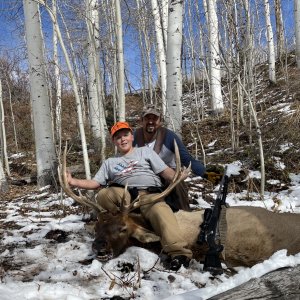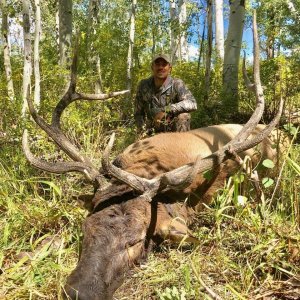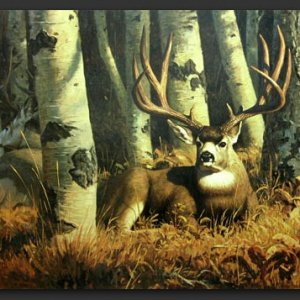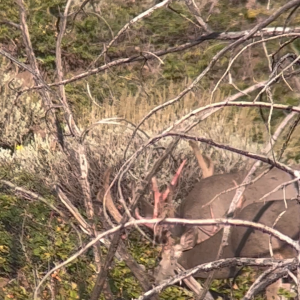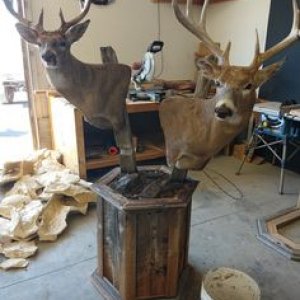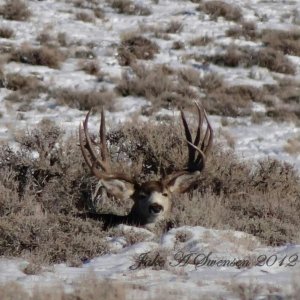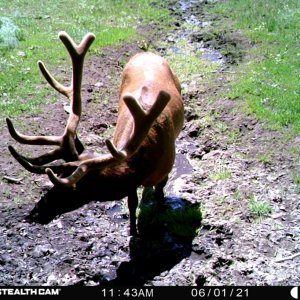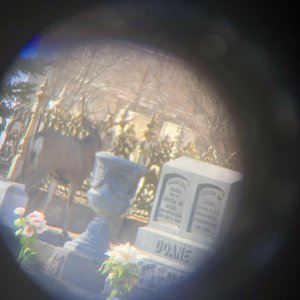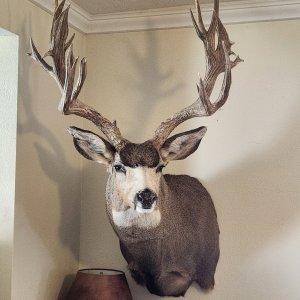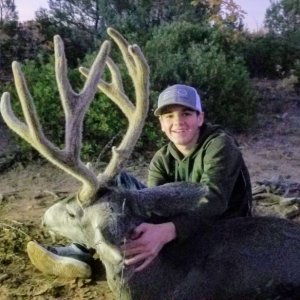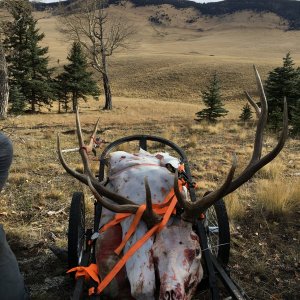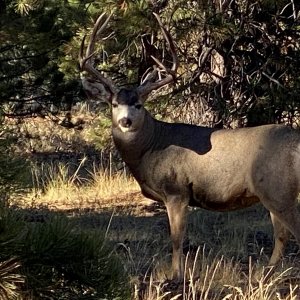LAST EDITED ON May-02-11 AT 06:46AM (MST)[p]I think you're on the right track . . . Most elk will not be down into "winter concentration areas" until much later in in the fall and into winter. Where to look is highly dependent on where you are hunting. Some years elk will winter at higher elevations due to lack of snow, and some years those cows will take those bulls down eary due to a snow. My experience has been that the bulls will tend to head back up to higher elevations after the rut, but will follow those cows whereever they go during the rut. One year I experienced dynamite elk hunting at 10-11k ft during the first season. The next year it snowed a foot one week before the season and all the elk left the area. You should plan to have some high spots and some lower spots. This is easier said that done, depending on your area. The elk may travel a few miles or much more than that depending on the lay of the land . . . You can get a few good things from BLM maps: Where the public land is, access points, springs, roads (including those chunks without many roads), etc . . . But I really like to have USGS topo quad maps (I have these on CD) of the area to home in on those places elk might like to hang out or use as travel corridors. You can also plan routes much easier because distance and elevation change are much easier to see on these maps. Once I find some likely looking areas I'll make some custom maps and go there . . .
I should emphasize, too, that water is very important in elk country. Find some of those isolated springs/seeps/ponds, etc . . . Circle these on your maps and visit them when you scout (if you can). And, pay attention to the sign in the area, even if it's older. If it's more "clumpy" then chances are you're in an area where elk are early in the year, if it's more "pelletized" then you're likely in a winter concentration area. This is not a hard rule, as many places hold elk year round, with some migrating in and out and some staying . . .


